The importance of thermal conduction in modern technology
In materials science , crystals and glasses, which process heat in opposite ways, are the foundation of many contemporary technologies. From miniaturizing electronics, to increasing the efficiency of recovering waste heat for energy, to extending the life of aerospace heat shields, all depend on understanding how atomic arrangement affects heat transfer.
According to Michele Simoncelli – assistant professor at Columbia University Engineering – the research team approached the problem from quantum mechanics and applied artificial intelligence to accurately solve the underlying equations.
Discoveries from meteorites and Mars
In a paper published on July 11 in the Proceedings of the National Academy of Sciences (PNAS), Simoncelli and his colleagues Nicola Marzari (EPFL Lausanne) and Francesco Mauri (Sapienza University of Rome) predicted the existence of a hybrid material between a crystal and a glass. This prediction was later confirmed by a team from Sorbonne University (France).
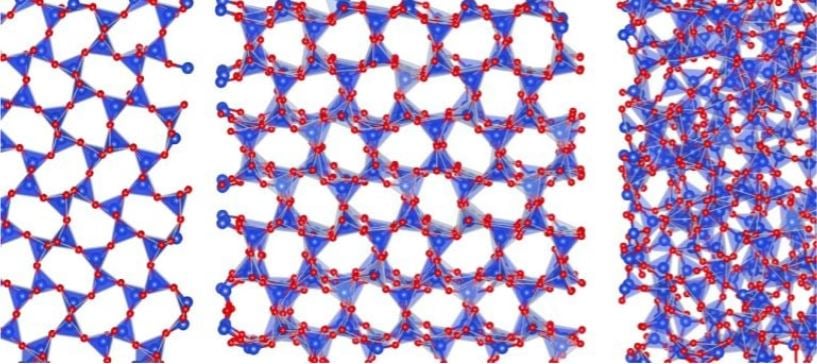
Increased disorder in a material's atomic structure affects its macroscopic thermal conductivity—a property important for thermal management technologies. The materials studied include crystalline meteorite tridymite (left), a tridymite phase with crystalline bond order and amorphous bond geometry (center), and a completely amorphous silica glass (right). Red represents oxygen (O), blue represents silicon (Si), and common SiO4 tetrahedral arrangements are highlighted in blue. Credit: Simoncelli Lab.
What’s special is that this unique material has been found in meteorites and even on Mars. Its unusual heat transfer mechanism promises to open up new directions for designing materials that can withstand extreme temperature differences and provide important clues about the thermal history of planets.
Meteorite silica and the rare thermal constant
Based on predictions from 2019, the team determined that a special form of silicon dioxide called “tridymite” – first described in the 1960s – was the hybrid material. The sample was mined from a meteorite that fell in Steinbach, Germany, in 1724 and was studied with permission from the Paris Museum of Natural History.
The results showed that the meteorite tridymite possesses an atomic structure that lies between an ordered crystal and an amorphous glass. Remarkably, its thermal conductivity remains constant between 80 K and 380 K – a rarity in the world of materials.
Potential applications in the steel industry
Beyond its scientific value, the discovery also opens up practical prospects. The research team predicts that tridymite could form during the decades-long thermal aging process in refractory bricks in steelmaking furnaces. Given that 1 kg of steel produced emits 1.3 kg of CO₂, with nearly 1 billion tons of steel each year accounting for about 7% of carbon emissions in the United States, this new material could contribute to better heat control, thereby reducing emissions in the steel industry.
AI, quantum mechanics and the future of heat control
Simoncelli said his team used machine learning to overcome the computational limitations of traditional methods, simulating heat transfer with quantum precision. These mechanisms not only shed light on the mystery of heat transfer in hybrid materials, but also pave the way for new technologies such as wearable thermoelectric devices, neuromorphic computing, and spintronics.
“This is just the beginning. This material not only challenges current theory but also opens up the future of heat control for many industries,” Simoncelli emphasized.
Source: https://doanhnghiepvn.vn/cong-nghe/gioi-khoa-hoc-sung-sot-truoc-loai-vat-chat-ky-bi-roi-xuong-trai-dat-he-lo-bi-mat-ve-cach-nhet-di-chuyen-trong-vu-tru/20250816083300815



![[Photo] General Secretary To Lam receives President of the Senate of the Czech Republic Milos Vystrcil](/_next/image?url=https%3A%2F%2Fvphoto.vietnam.vn%2Fthumb%2F1200x675%2Fvietnam%2Fresource%2FIMAGE%2F2025%2F11%2F21%2F1763723946294_ndo_br_1-8401-jpg.webp&w=3840&q=75)
![[Photo] President Luong Cuong receives Speaker of the Korean National Assembly Woo Won Shik](/_next/image?url=https%3A%2F%2Fvphoto.vietnam.vn%2Fthumb%2F1200x675%2Fvietnam%2Fresource%2FIMAGE%2F2025%2F11%2F21%2F1763720046458_ndo_br_1-jpg.webp&w=3840&q=75)
![[Photo] Visit Hung Yen to admire the "wooden masterpiece" pagoda in the heart of the Northern Delta](/_next/image?url=https%3A%2F%2Fvphoto.vietnam.vn%2Fthumb%2F1200x675%2Fvietnam%2Fresource%2FIMAGE%2F2025%2F11%2F21%2F1763716446000_a1-bnd-8471-1769-jpg.webp&w=3840&q=75)

![[Photo] National Assembly Chairman Tran Thanh Man holds talks with President of the Senate of the Czech Republic Milos Vystrcil](/_next/image?url=https%3A%2F%2Fvphoto.vietnam.vn%2Fthumb%2F1200x675%2Fvietnam%2Fresource%2FIMAGE%2F2025%2F11%2F21%2F1763715853195_ndo_br_bnd-6440-jpg.webp&w=3840&q=75)
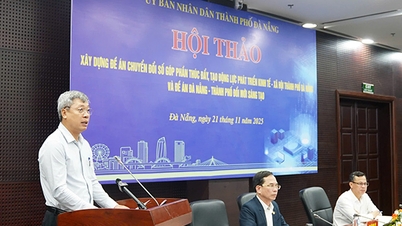


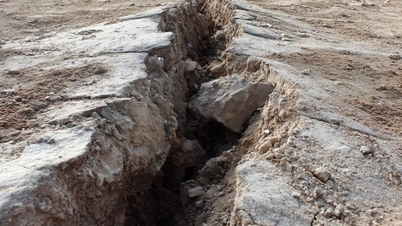


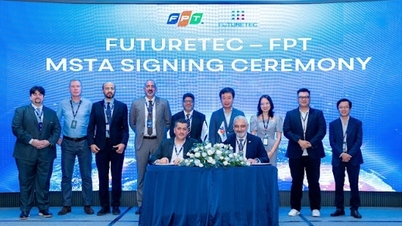













































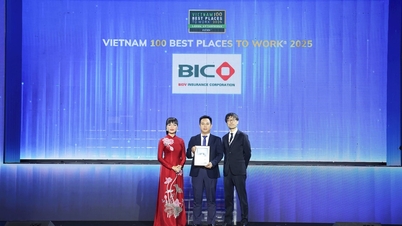





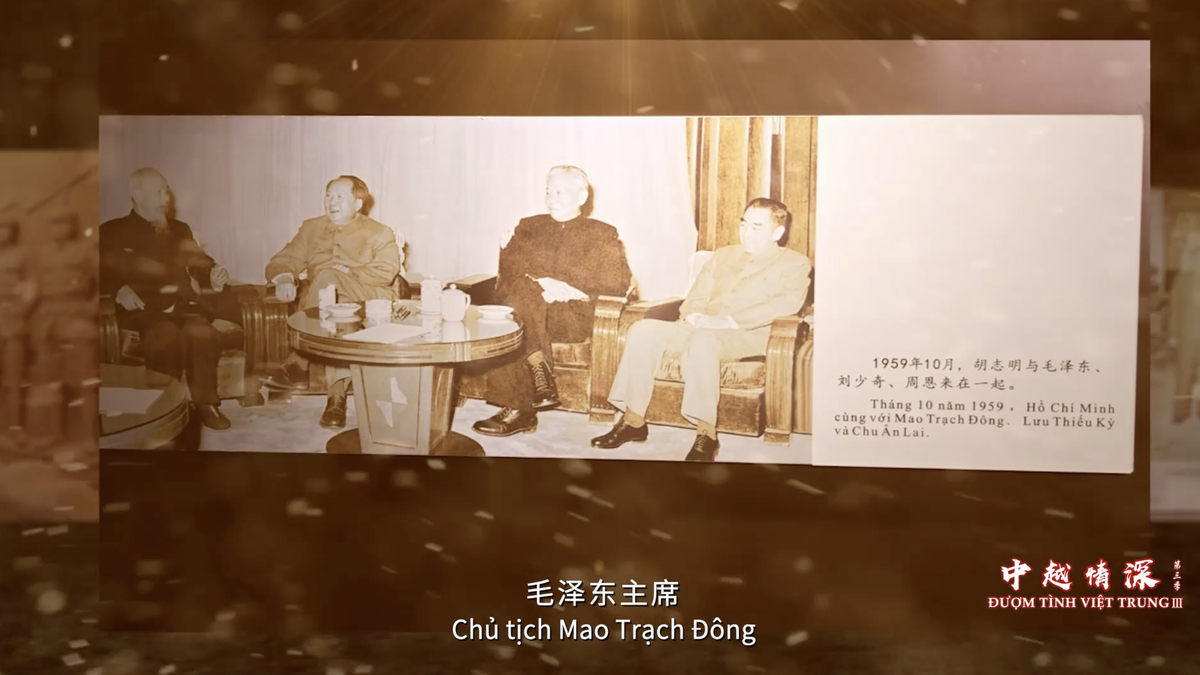












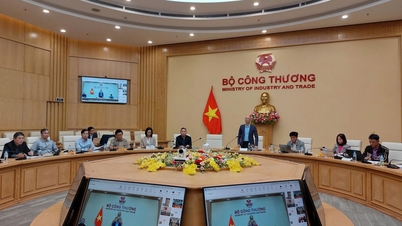















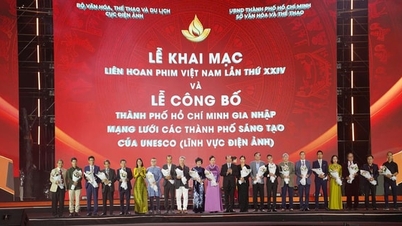





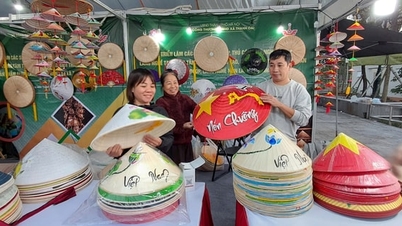









Comment (0)